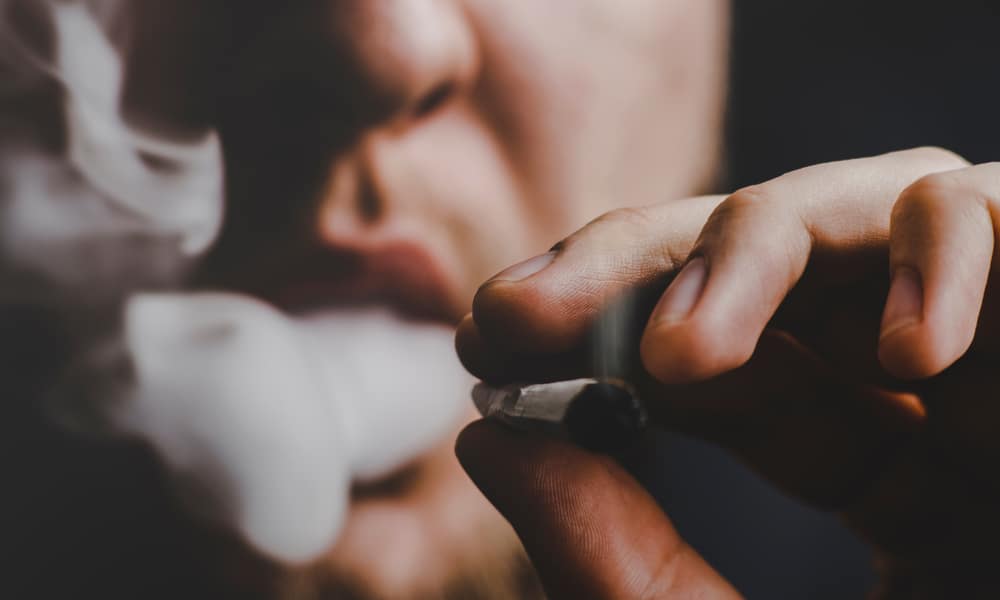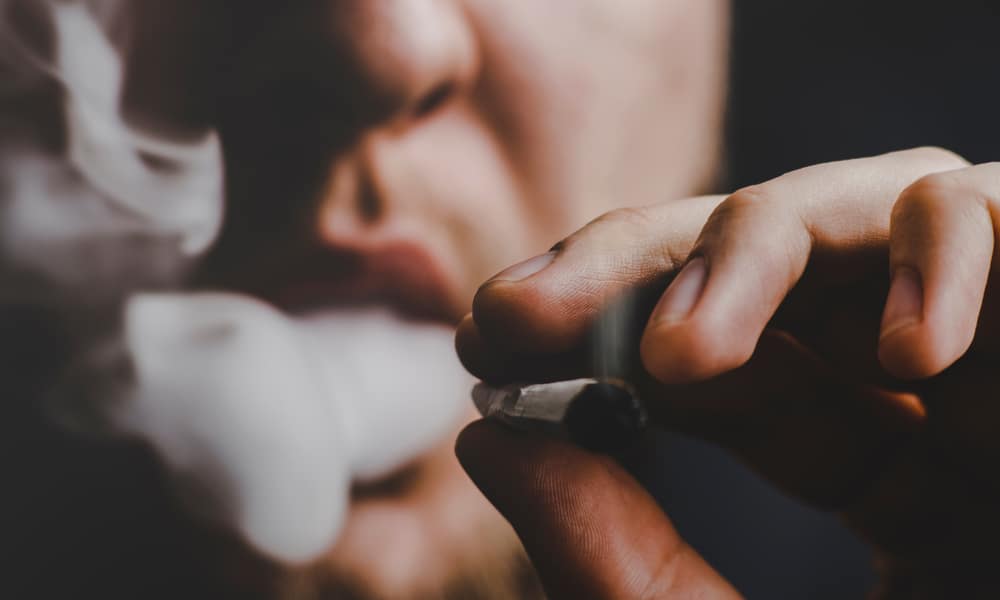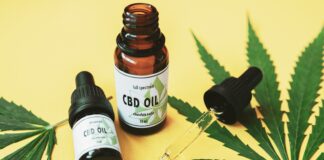
What patterns of cannabis use are the most likely to increase someone’s chances of developing psychosis? That’s the question a team of U.K. researchers set out to answer using data from 901 first-episode psychosis patients across Europe and Brazil. The results of their analysis, published Tuesday in The Lancet, describe a clear correlation between daily, high-potency cannabis consumption and psychotic episodes. Yet lead researchers acknowledged that the correlation does not necessarily mean cannabis is the cause of psychosis.
Study Cannot Definitively Pinpoint Cannabis as Cause of Psychosis
Studies that suggest links between cannabis use and mental illness give firepower to policymakers who view legal marijuana as a threat to public health and safety. But a close look at their actual findings almost always reveals a much more complex and less definitive picture of how cannabis consumption intersects with mental illness—and mental wellness.
So what did King’s College London researchers find? Looking at data collected between 2010 and 2015 at 11 sites across Europe and Brazil, researchers selected 901 patients, aged 18-64, who presented to psychiatric services with a first episode of psychosis. Using some complex statistics, researchers compared the cannabis use patterns of the 901 patients with 1237 control subjects from the same sites. They found that “daily cannabis use was associated with increased odds of psychotic disorder compared with never users.” And those odds went up “to nearly five times the increased odds for daily use of high-potency types of cannabis.”
So what exactly did they mean by “high-potency”? The researchers didn’t mean concentrates or extracts or edibles. Instead, they define high-potency as any cannabis product with a THC concentration above 10 percent. In other words, nearly all of the weed available in legal and unlicensed markets.
The study also concludes that restrictions on the availability of “high-potency” products—which remember in this case means anything with more than 10 percent THC—”could have prevented” cases of first-episode psychosis. Ultimately, the researchers found that “differences in frequency of daily cannabis use and in use of high-potency cannabis contributed to the striking variation in the incidence of psychotic disorders across the 11 studied sites.”
Expert Says Early Psychotic Episodes Could Lead to Self-Medicating with Cannabis
Using words like “contribute” and “associated with,” the study’s authors seem confident that daily and daily-high potency use significantly increases someone’s risk of psychosis. Or in the words of the study’s lead author, Dr. Marta Di Forti: “If you decide to use high-potency marijuana, you should bear in mind: Psychosis is a potential risk.”
But other experts, like University of Liverpool psychologist and epidemiologist Dr. Suzanne Gage, say there’s nothing definitive about the King’s College study. In fact, Gage suggests that Dr. Di Forti’s methodology could have overlooked a relationship between psychosis and cannabis use that goes in the opposite direction. Most experts accept that cannabis, as a little-understood mind-altering substance, could pose risks to mental health, especially when used frequently.
But a risk factor is not the same as a cause, let alone a definitive cause. In short, just because you use cannabis daily doesn’t mean you will definitely have a psychotic episode.
Indeed, for some people, the relationship between mental illness could be completely reversed. Dr. Di Forti and her colleagues only asked about patients’ cannabis use prior to their first-episode psychosis. They didn’t gather information on whether the patients experienced psychotic symptoms before they starting consuming cannabis. In other words, mental illness might have led some of the 901 patients to self-medicate with cannabis, rather than cannabis use leading to their psychosis.
As ever, new research renews the call for further research. And in this case, we need more studies not just on the cause-effect relationship between weed and mental health, but also on who may be more susceptible to those risks than others, and why.











